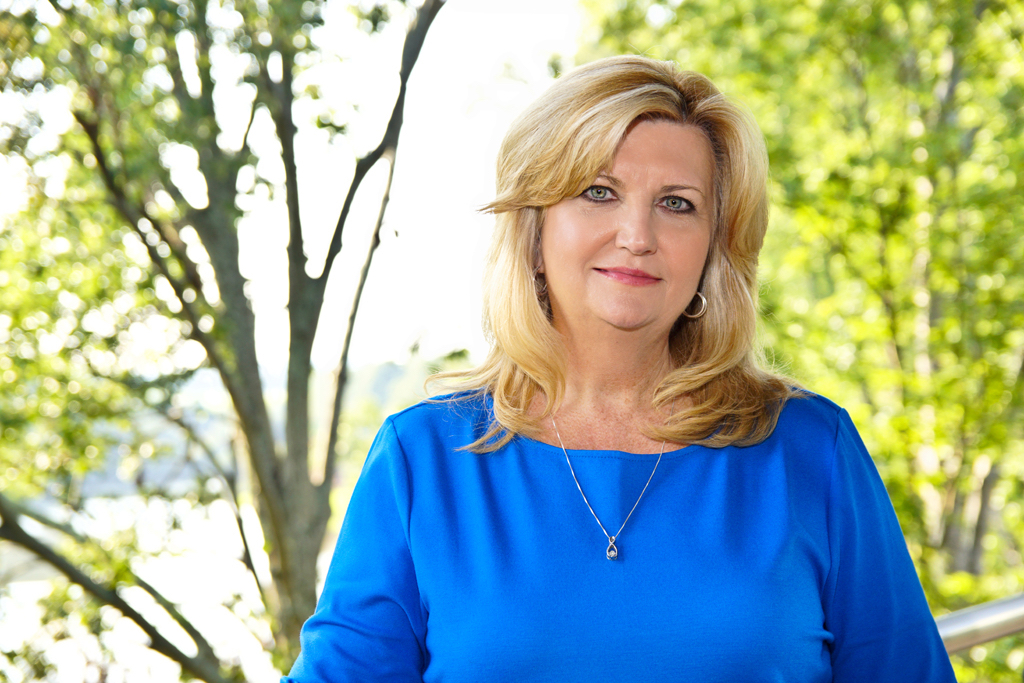By Janie Warner
When you read the title of this article, you may have scratched your head and thought, what? But, wait – it will all make sense by the end!
There’s no need to discuss the absolute chaos of 2020 – punctuated by a global pandemic. In the HR world, we learned so many lessons – and had to change strategies quickly without our usual luxury of research, analysis, proposal and approvals. We had to move – fast. Foremost in our minds was the safety, health and security of our employees. Definitely a gargantuan task. In every organization, in every industry, the new “C” word took center stage. And for the most part, we survived, thrived and succeeded.
Our number one lesson? We couldn’t expect our employees to engage with our companies and with their jobs until we were able to meet the basic human need of safety.

For the behavioral nerds like me, we realized that Maslow was right. His “hierarchy of needs” theory was proven out in workplaces and the personal lives of almost every person on the planet – that until we have our basic needs met, we cannot advance further to the goal of actualization.
Our takeaway was this: Human Resources can no longer just be considered the “people” side of our businesses. We have to be obsessed with applying the principles of risk management to all our policies, processes and procedures. Our employees need a focus on safety and security (i.e. risk management) in order to move up the pyramid.
Let’s consider the other layers as well. Physiological needs, of course, must be met first. Applying our HR principles to this, it involves making sure employees are paid properly, that they have appropriate breaks to recharge (both daily and through time away from work). Blurring the line between physiological and safety/security is the benefit offerings. Are they offered in an affordable way so that employees can go to the doctor when needed? Insurance benefits provide that shifting of personal risk due to life and health concerns. Physiological needs are often met through a thoughtful focus on that safety net.
What about “love and belonging?” In our personal lives, the need is met through our family and other interpersonal relationships. What about at work? Feeling part of the organization at more than a superficial level is vital to employees having a connection with the company. Having friends at work is important. Believing the work has meaning is also important. We often call this “engagement.” It is the idea that we can easily engage the hands (work) but it takes more effort to engage employees’ hearts (engagement). In our analysis, note that until safety and security needs are met, that “love and belonging” (i.e. “engagement”) piece doesn’t fall into place. By redirecting much of our HR strategy into making the workplace a safe and secure entity, we can expect better engagement of both the hands and hearts of our employees.
Self-esteem is bolstered when employees are recognized for their work, efforts and contributions. It is also boosted by learning and development opportunities as well as promotions. A confident employee is a better employee. When employees know where they stand with “the boss,” they are more likely to contribute at their highest capability and thus the entire organization benefits. Risk management assessment is important here because when employees are not rewarded properly, they may leave the organization. We have always measured turnover as a cost – mostly monetarily and productively. But there is inherent risk in not developing employees and providing opportunity. Good employees always have choices. When their self-esteem suffers because of poor compensation and reward systems, they may quit, leaving the organization with a building full of mediocre employees. This will result in a huge risk to efficiency, productivity, customer satisfaction and ultimately the bottom line.
Self-actualization is the goal of every good HR strategy. When employees are secure, safe, engaged and provided opportunities to be their best, self-actualization occurs. Self-actualized employees are our top tier. They perform at their highest level. But it cannot happen without HR being consumed with the application of risk mitigation to every corner of the employee life cycle.
So what now? The New Year gives us great opportunity to shift our focus from traditional personnel/human resource theory to one of risk mitigation. Rather than Human Resource Management (HRM) we should focus on evolving our practices to one of Employee Risk Management (ERM). Look at every aspect of your HR responsibilities through the lens of risk.
Example: Recruitment – what are the risks of not doing it well? What is the risk associated with poor background checks? What is the risk associated with not having a good DEI (diversity, equality, inclusion) policy and practice? What is the risk of not adjusting our pay practices in order to hire the best and brightest? Answering these questions will help bring focus back to the importance of this process and, thus, address the risk to the company if we are not fully focused.
When RISK is the central focus, executives pay attention. By framing all concerns, strategies and requests for resources in the context of risk, risk management and risk mitigation, the picture is much clearer. Executive management understands risk and deals with it daily. When we approach them with requests that will boost “morale,” they may not be as attentive as when you use “morale” as a measurement of risk.
The lessons of 2020 will be with us for a very long time. But it’s 2021. Time to step back, use those lessons to shift our focus and start an evolution in our HR worlds. It’s time to do things differently because the world is different. Making a strategic change now will reap big rewards farther into the future than just this year. Make those changes count.

Janie Warner, SHRM-SCP
National HR Practice Leader
McGriff
Janie.Warner@mcgriff.com
McGriff.com
